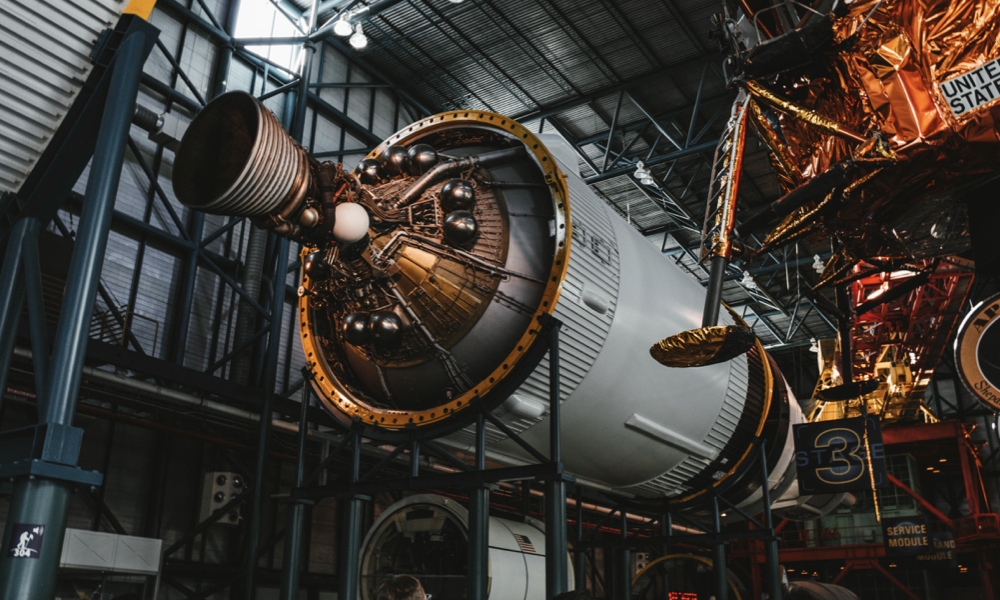
ESA Open Invitation To Tender AO8776
Open Date: 21/10/2016
Closing Date: 02/12/2016 13:00:00
Status: ISSUED
Reference Nr.: 16.197.15
Prog. Ref.: General Studies
Budget Ref.: E/0600-00 – General Studies
Special Prov.: BE+DK+FR+DE+IT+NL+ES+SE+CH+GB+IE+AT+NO+FI+PT+GR+LU+CZ+RO+PL+EE+HU+CA
Tender Type: C
Price Range: 200-500 KEURO
Products: Satellites & Probes / Payloads / Instruments / RF and microwave Instruments / Imaging Radars / Satellites & Probes / Payloads / Instruments / RF and microwave Instruments / Microwave radiometers / Satellites & Probes / Payloads / Instruments / RF and microwave Instruments / Microwave Telescopes
Techology Domains: Others
Establishment: ESTEC
Directorate: Directorate of Technical & Quality Manag
Department: System, Software & Technology Department
Division: Future Prep. & Strategic Studies Off.
Contract Officer: van Hilten, Linda
Industrial Policy Measure: N/A – Not apply
Last Update Date: 21/10/2016
Update Reason: Tender issue
The objective of this activity is to study a concept addressing the need of the climate community of high-resolution and wide-swathcloud profiles by adding active observation capability to future operational cloud observations for synergistic exploitation. Innovative multi-instrument synergistic retrieval algorithms shall be developed to retrieve wide-swath and high vertical resolution products of ice and liquid clouds and precipitation from synergistic exploitation of Metop-SG instruments ICI and MWI and a 94GHz cloud radar flying on an additional satellite in convoy with the Metop-SG satellites. The scientific and operational value of such a convoyshall be assessed.Background:The cloud-radiation feedback is the most significant atmospheric effect in the climate system. Changes in surface and atmospheric temperatures impact directly evaporation/condensation rates and the processes leading to the formationof clouds. In return, clouds directly impact the reflection of incoming solar and outgoing long-wave radiation to space, by this both cooling and heating the Earth. The vertical structure and composition (droplet and ice particle sizes and mass densities) of clouds and their evolution over time are therefore key observables in the climate system in order to understand and monitor climate change. Global observations of clouds are primarily done by space-borne passive imaging instrumentation, which lacks vertical cloud profile information, rendering them basically useless for radiative impact assessments. Cloud profiling radars and lidars in space respond to the need of vertical resolution of cloud observations, but suffer from the lack of (across-track) swath. Future operational meteorological satellite observations are based on passive techniques, which will provide swath, but no or insufficient vertical resolution of clouds. The combination of both passive and active instruments could provide the way forward for the required height resolved and wide-swath observations.
If you wish to access the documents related to the Invitation to Tender, you have to log in to the ESA Portal.
